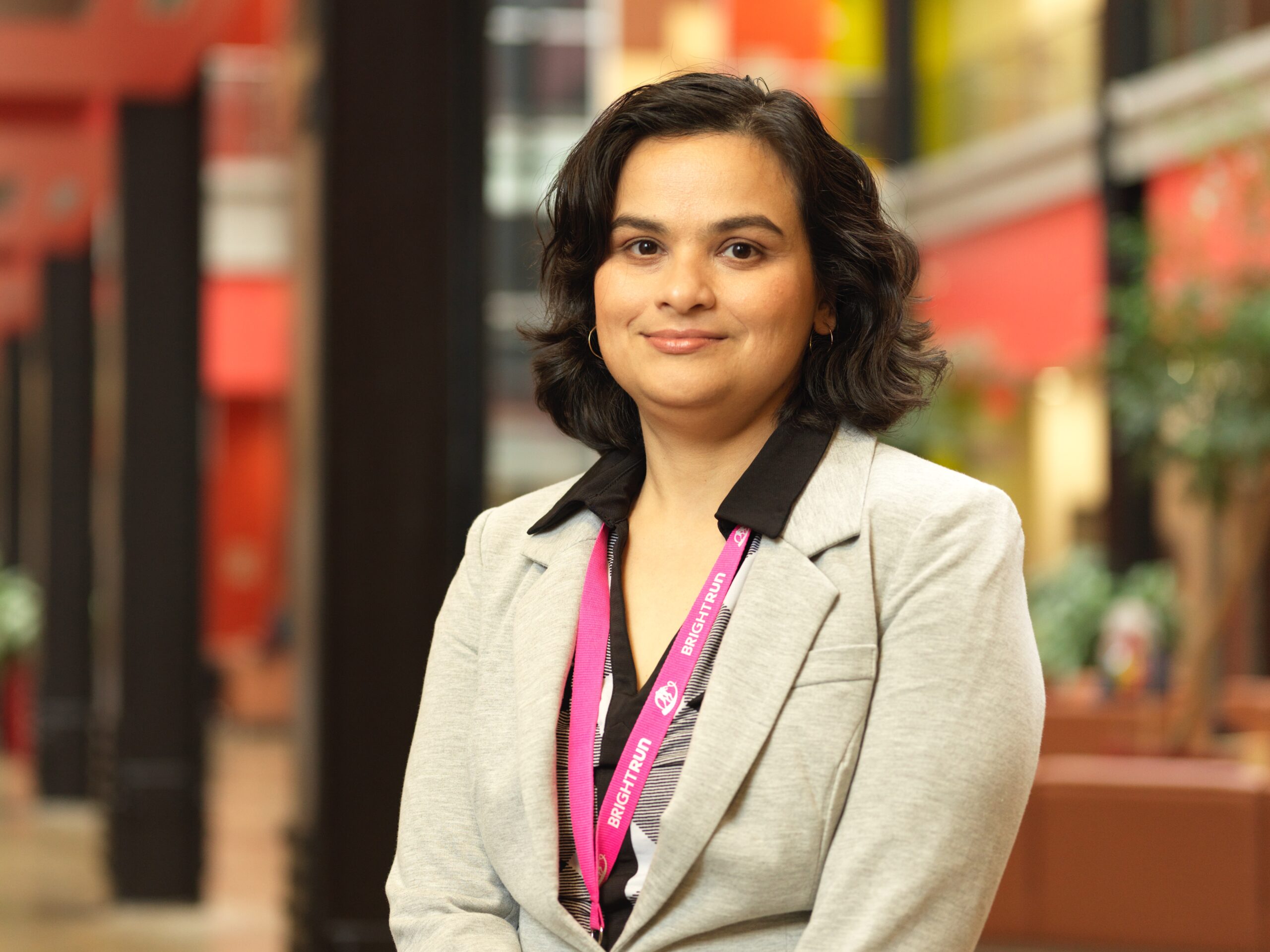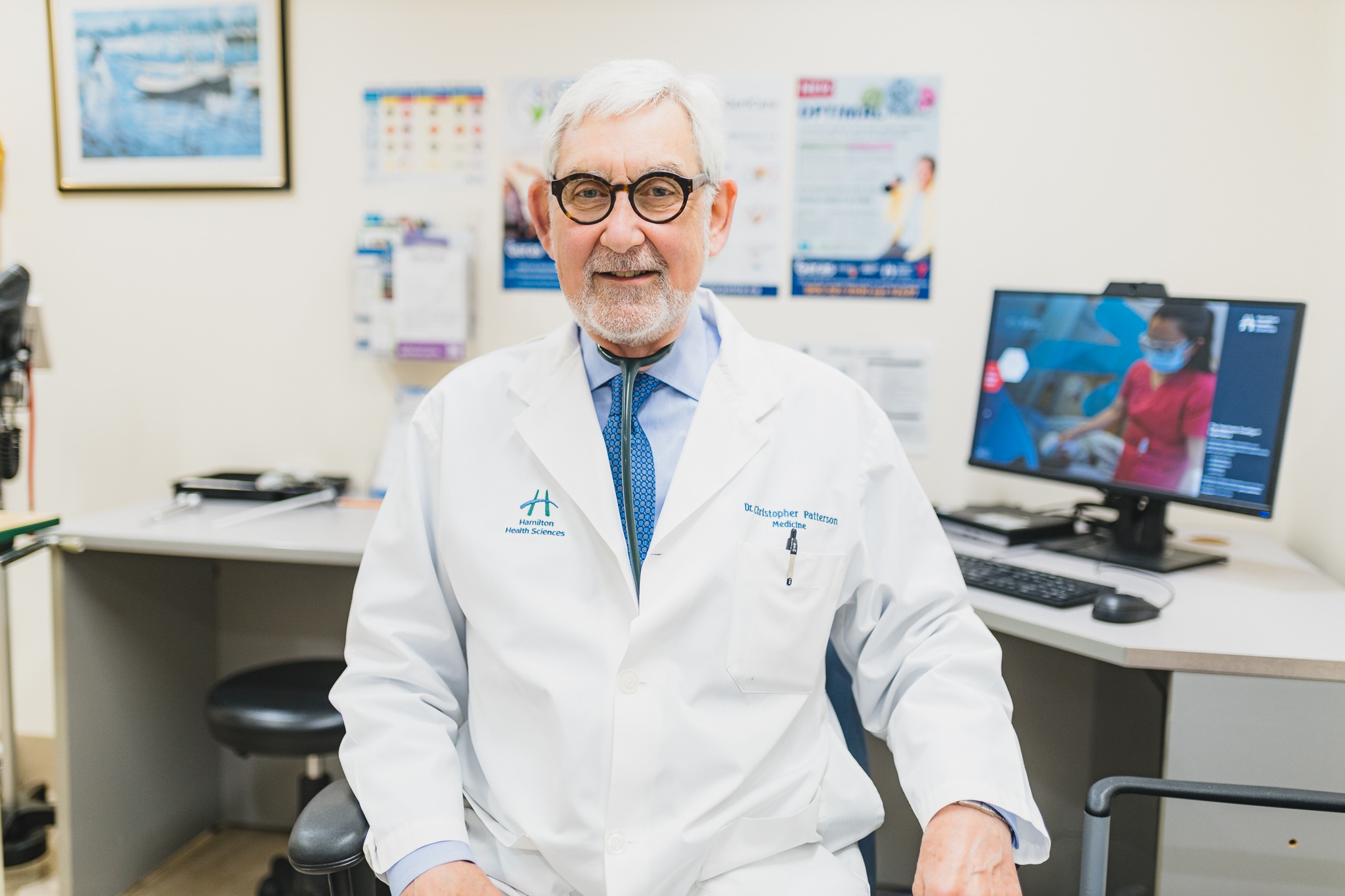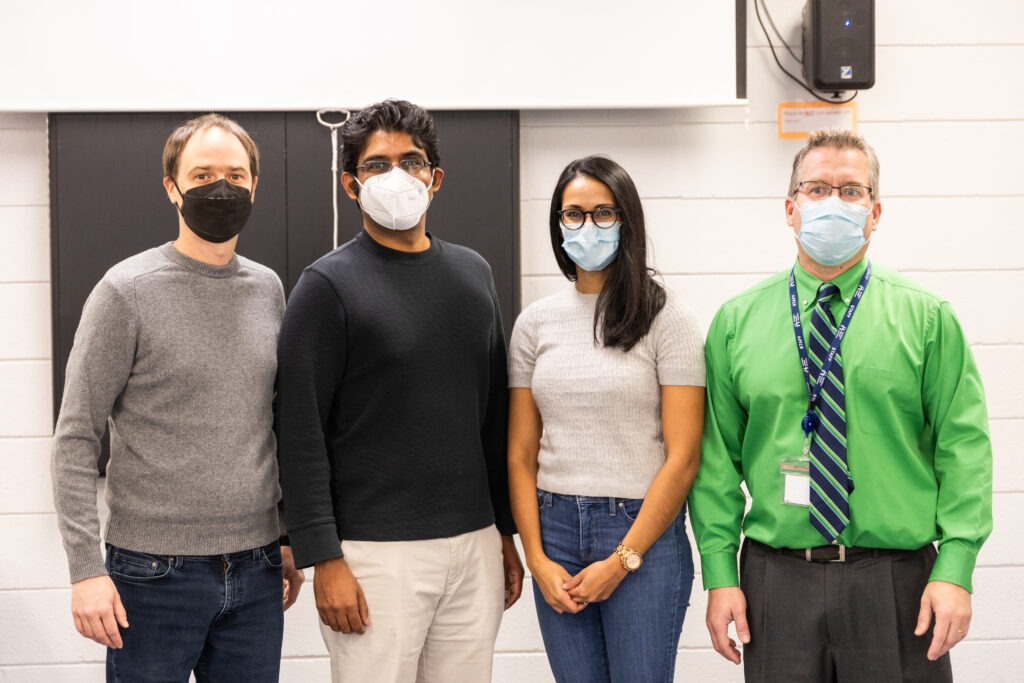
Testing new technology to help older adults age at home
When 72-year-old Hamilton resident Shirley was asked if she’d be interested in participating in a research study that aims to help prevent falls in older adults using new technology, she said yes right away.
“I know at my age falling can be a big issue,” she says. “Some of my friends have an alert bracelet or necklace that provides them some peace of mind knowing they can call for help if they fall and are unable to get up. So, I was happy to be part of testing for a new medical alert device.”
Geras Centre for Aging Research, a joint institute of Hamilton Health Sciences (HHS) and McMaster University, has teamed up with local health tech company Chirp to test their in-home monitoring device that hopes to detect when someone has fallen, and even help prevent falls from happening.
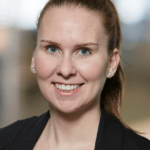
Dr. Patricia Hewston
“Falls are the leading cause of injury of older adults in Canada, the majority of which happen at home,” says Dr. Patricia Hewston, study co-lead and research associate at Geras. “So we are researching innovative ways to prevent falls and help older adults age well at home.”
New device to detect falls and allow two-way communication
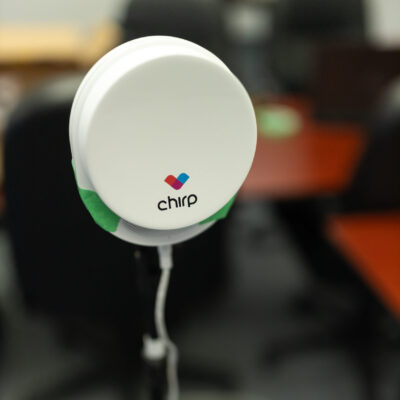
Chirp’s device is meant to be mounted to the wall, much like a fire alarm.
Traditional medical alert devices are worn by an individual and require a button to be pushed when medical help is needed.
Chirp has taken an entirely different approach by creating an in-home device that is simply mounted to the wall. It has sensors that monitor activity without cameras or the need to wear any equipment or push a button.
The Chirp device is connected to an app that allows a family member or caregiver to monitor an older adult without having to be in the home with them. Using artificial intelligence, it will identify inconsistent activity to help prevent falls, as well as detect if falls occur.
It also provides easy two-way communication between the person in the home and the caregiver using the app.
A branch of the HHS research administration team called Research, Development and Innovation facilitated the partnership between Chirp and Geras and helped secure project funding from Innovation Factory’s Southern Ontario Pharmaceutical & Health Innovation Ecosystem (SOPHIE) Program. This Hamilton-based funding program supports the advancement of commercialization activities, by facilitating and funding collaboration projects between the industry partner and various delivery partners in the Hamilton region, providing Chirp with the opportunity to test their innovation in a real clinical setting and leverage the clinical and research experts to validate feasibility and utility.

Andrea Lee
“With our aging population, health innovations focused on proactively enabling people to age well at home to reduce demand on our acute hospital services,” says Andrea Lee, manager of research development and relations at HHS. “We see the potential to do just that with Chirp’s innovative approach that incorporates caregivers.”
Initial device testing
In this first phase of the study, a small group of participants, including Shirley, visited Geras to have the device track them walking at different speeds in a controlled environment. They were then sent home with three devices to be secured to the wall in the living room, kitchen and bedroom.
For a two-week period, the devices then tracked their movement throughout the home. The real-time data was sent to Geras for the team to compare to the control data. The research team also collected participant feedback.
“Chirp’s artificial intelligence algorithms continuously monitor sleep patterns, walking speeds, sedentary behaviors, and more, using privacy-preserving radar sensors,” says Hewston. “Research is important to support the development of new AI devices and to ensure their effectiveness before going on the market.”
Preliminary results from this phase show the device is reliable and accurate at tracking participants’ movement throughout their homes. Feedback was positive, with participants identifying that it was easy to install and provided a sense of security.
Incorporating caregivers
The next stage of the study will assess the device’s ability to detect falls and its integration with the app. This means that caregiver participation with study participants will be crucial in determining if the device is effective.

Parthipan Siva
“Working with the Geras team has been a fantastic opportunity,” says Dr. Parthipan Siva, co-founder and CTO at Chirp. “The data from this study is invaluable for improving and developing our in-home mobility assessment metrics. And feedback from participants helps us develop a system that is easy to install, easy to use, and provides peace of mind and proactive care for those aging in place.”
Hewston holds a Ph.D. in rehabilitation science from Queen’s University, while Siva holds a Ph.D. in computer sciences from Queen Mary University of London.

